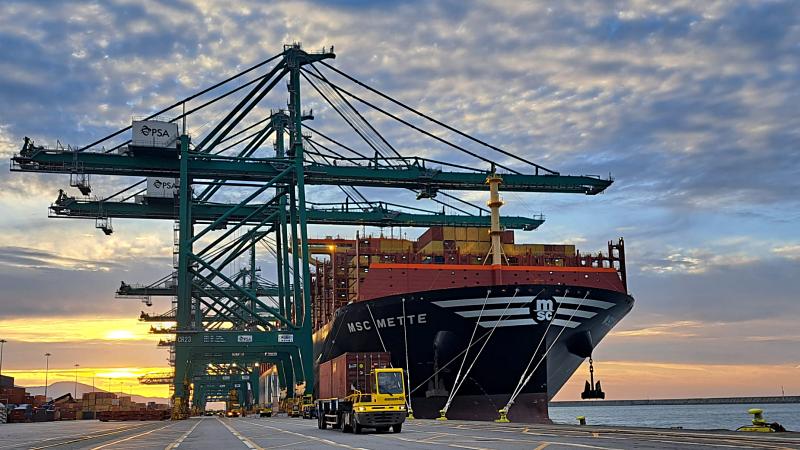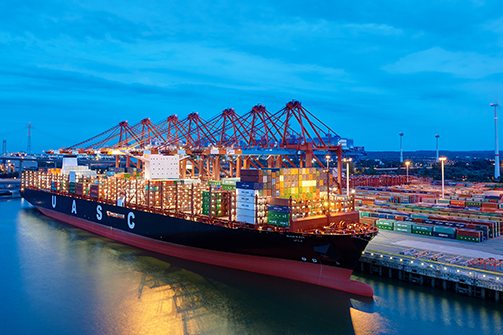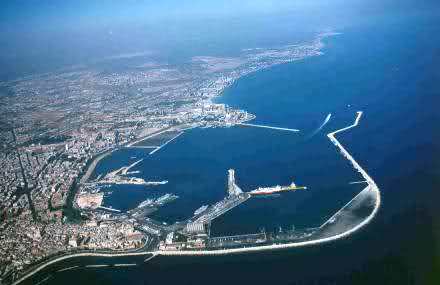Drewry's latest monthly report on container movements at major global ports highlights mixed trends: in January 2024, the index fell by 2% on a monthly basis, settling at 110.3 points, but it is still up by 9.8% compared to January 2023. Drewry's forecast for February 2024 is less optimistic, expecting a decrease of 3.5% on a monthly basis, though an increase of 5.5% on an annual basis is anticipated.
In China, the container throughput index experienced a slight downturn of 1.9% on a monthly basis in January 2024, reaching 119.8 points, but it shows a significant increase of 18.7% on an annual basis. The adjustment of the Chinese New Year calendar in 2024, compared to 2023, has influenced the data, with a significant projected monthly decline of 11.3% in February, although it is still expected to be 7.5% higher than in February 2023.
In the United States, the throughput index remained essentially stable in January 2024, with a slight contraction of 0.2% on a monthly basis. However, forecasts indicate a 3.2% increase in February, thanks to a 2.5% rise in the index of naval container ship calls, highlighting a recovery in container traffic.
In Europe, the situation appears more complex, with a 1.4% decrease in the throughput index in January 2024, although there is a slight increase of 2.4% compared to the same period last year. The reduction in traffic at ports in the Eastern Mediterranean, following the decreased importance of the Suez Canal transit as the main Asia-Europe route, is clearly emerging with the Port of Piraeus experiencing a drastic reduction in traffic. Despite this, a modest increase of 0.5% is forecast for February 2024.
These data, although still preliminary and based on a model that utilizes AIS data for short-term forecasts, provide a snapshot of the current dynamics in the container transport sector. The fluctuations recorded reflect the complexity and volatility of the global market, influenced by factors such as holidays, changes in trade routes, and overall economic trends. These figures are gathered using a sample of over 340 ports, which according to Drewry, handle 80% of global containers.






























































